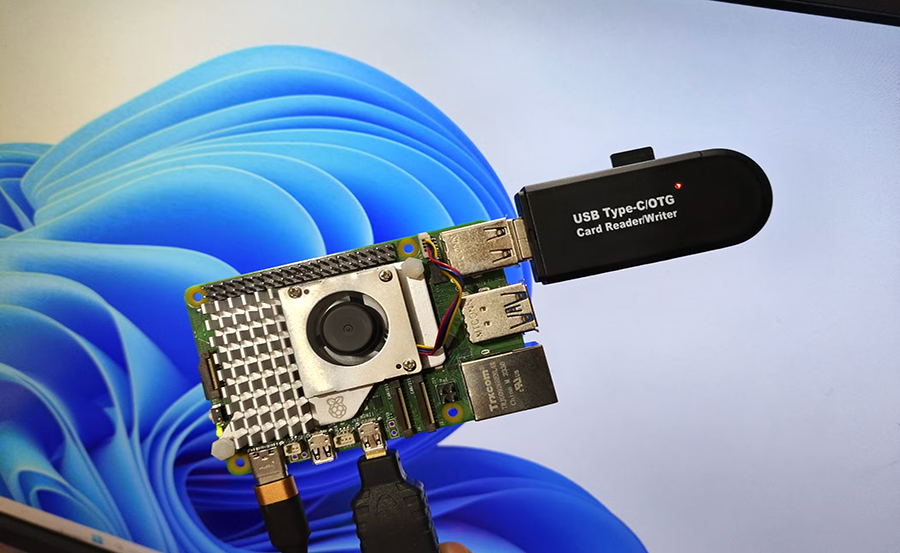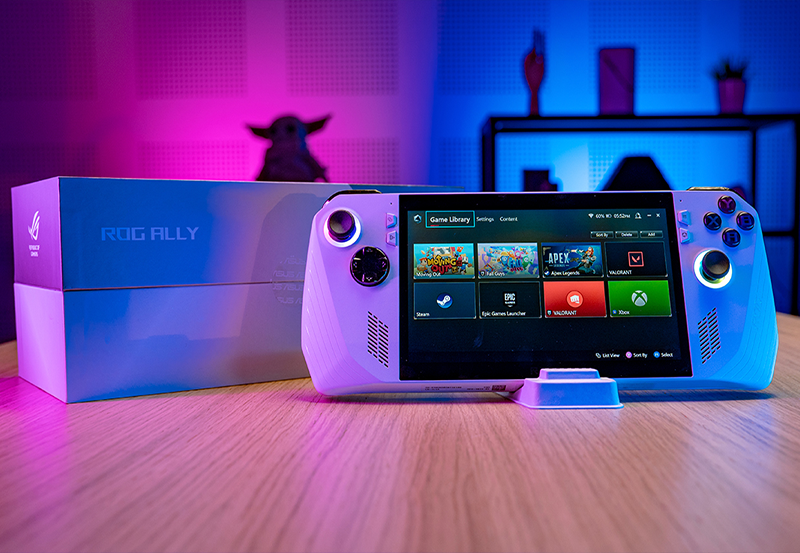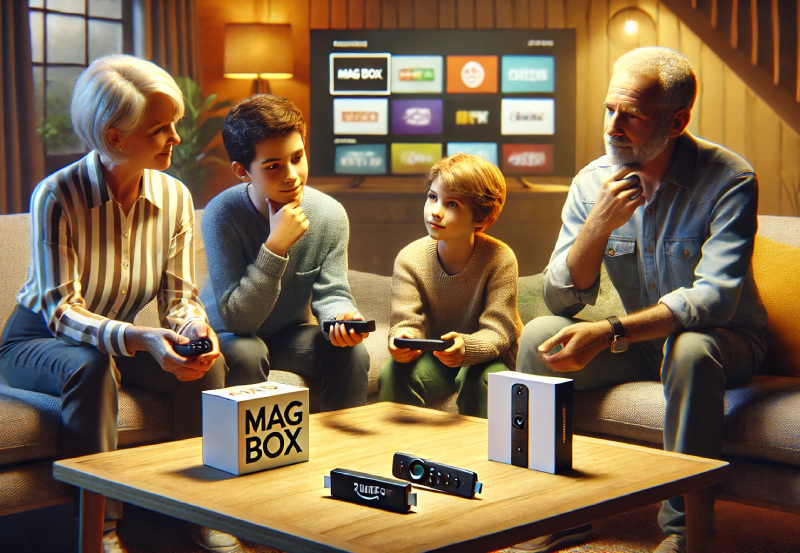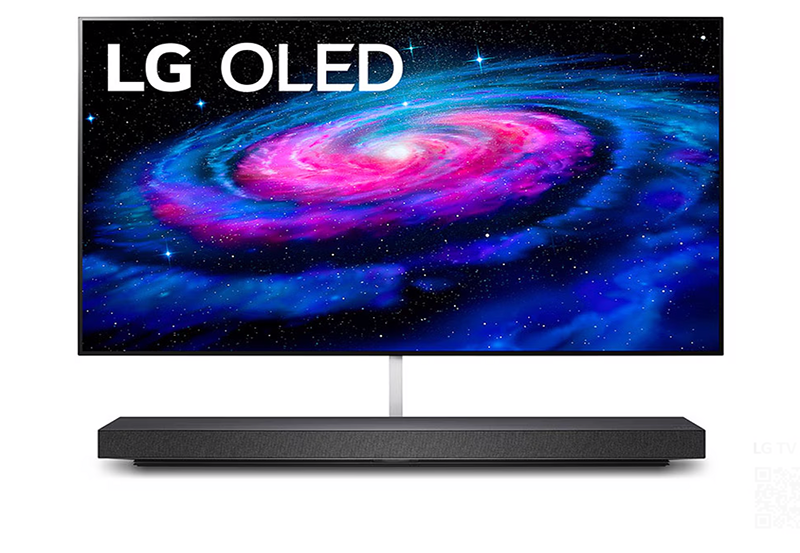Building your own Bluetooth speaker packed with innovative features can redefine your IPTV watching experience, especially if you’re streaming international channels. With the versatility of a Raspberry Pi, you can craft a custom audio device that caters to your specific needs. Let’s explore how you can build a Bluetooth speaker with a Raspberry Pi step-by-step.
Getting Started: Why Choose Raspberry Pi for Your Bluetooth Speaker?
Raspberry Pi is an affordable, pocket-sized computer that offers immense flexibility for DIY enthusiasts and tech hobbyists. Choosing Raspberry Pi for your Bluetooth speaker project comes with a host of benefits.
Cost-Effectiveness
One of Raspberry Pi’s biggest draws is its minimal cost compared to other microcontrollers. This financial efficiency allows you to allocate more budget towards high-quality speaker components, which can dramatically improve audio performance for IPTV streaming.
Quick Tip:
Discover premium UK TV channels with IPTV for UK channels and enjoy all your favorites.
Customizability
With countless open-source software options, Raspberry Pi allows you to custom-build an interface tailored to your needs. Whether optimizing audio for watching IPTV for international channels or integrating Smarters IPTV functionality, the possibilities are endless.
What You’ll Need: Tools and Components
Before embarking on your DIY journey, gather all the necessary components. Here’s a quick checklist to guide you:
- Raspberry Pi (Model 3 or newer recommended)
- Bluetooth Speaker Amplifier Module
- Portable Bluetooth Speaker Enclosure
- Speakers (Ensure compatibility with your amplifier)
- Power Supply for Raspberry Pi
- MicroSD Card with Raspberry Pi OS Installed
- Miscellaneous: Cables, soldering tools, jumper wires
Setting Up Raspberry Pi: Initial Configurations
Your first step involves setting up your Raspberry Pi. This setup stage includes essential configurations to ensure everything runs smoothly.
Installing the Operating System
Using a preloaded MicroSD card with Raspberry Pi OS simplifies the process. Insert the card into your Pi and power it on. Follow the guided setup prompts to connect to Wi-Fi and enable SSH for remote access.
Bluetooth Configuration
Activate Bluetooth on your Raspberry Pi. From the terminal, run sudo apt-get update and sudo apt-get install pulseaudio pavucontrol to ensure your Pi’s Bluetooth is functioning optimally for audio playback.
Assembling the Speaker: Wiring and Testing
With your Raspberry Pi configured, the next step is building the physical speaker. Correct wiring and placement are crucial to ensure optimal sound quality.
Connecting the Speaker and Amplifier
Hook up the output wires from the amplifier to your speaker. Polarity matters here, so carefully follow the manufacturer’s instructions to avoid wiring mishaps.
Attaching Raspberry Pi to the Amplifier
Connect the Raspberry Pi to the amplifier’s audio input using a 3.5mm audio cable or via Bluetooth. Test the setup by playing a test audio file through your new system.
Troubleshooting Common Issues
If you encounter difficulties, check connections and power sources. Ensure volume limits aren’t restricting output—both on your Pi and any connected device.
Enhancing Audio Quality: Tips and Tricks
For audiophiles, achieving excellent sound quality is paramount. Here are some strategies to optimize your speaker’s performance while experiencing Smarters IPTV or other platforms.
Quality Components Matter
Invest in high-grade speaker components to enhance audio fidelity. Better components can deliver crisper highs and deeper bass, redefining your IPTV watching experience.
Soundproofing the Enclosure
Minimize vibrations and unwanted frequencies by soundproofing your enclosure. Adding sound dampening material inside the speaker case can significantly improve audio clarity.
Adding Advanced Features: Make It Smart
Transform your basic Bluetooth speaker into a multi-functional smart device by integrating additional features with the Raspberry Pi.
Voice Control Integration
Incorporating voice assistants like Google Assistant or Alexa can add convenience. You can employ modules that provide compatibility and control your speaker hands-free, great for when watching IPTV with structured playlists.
Utilizing Smart Apps
Develop or integrate existing apps that control the speaker’s functions. Using apps like Smarters IPTV provides an enhanced media control interface, perfect for international channel access and curated playlists.
Ensuring Security and Longevity of Your Device
When building a DIY device, maintaining security and durability is crucial to protect your creation and maximize its lifespan.
Securing the Raspberry Pi
Always update your Raspberry Pi OS and software to patch any vulnerabilities. Setting up a firewall and secure passwords can safeguard your device from unauthorized access.
Maintaining Your Speaker
Regularly check and clean your speaker components to prevent dust build-up, which can affect sound quality. A well-maintained speaker can offer consistent performance over time.
Exploring the Future: Potential Upgrades
The modular nature of Raspberry Pi means your Bluetooth speaker can evolve with your needs. Let’s discuss potential upgrades that cater to changing technological trends.
Enhanced Connectivities
Consider adding additional connectivity options like NFC or Wi-Fi for increased versatility. This flexibility can optimize your experience when browsing international IPTV channels through interfaces like Smarters IPTV.
Advanced Audio Processing
Upgrading the software for audio processing can introduce features such as echo cancellation and noise suppression. Such enhancements could be invaluable during IPTV streaming.
Frequently Asked Questions

Can I use a different microcontroller instead of Raspberry Pi?
While Raspberry Pi offers unique advantages, it’s possible to use other platforms like Arduino or ESP32. However, complexity and feature integration would vary.
Are there any limitations to using Raspberry Pi for this project?
The primary limitation is processing power, impacting complex tasks. Nevertheless, for basic and moderate functionalities involving audio output, Raspberry Pi is well-suited.
Can I add a display to my Bluetooth speaker?
Yes, integrating a display can enhance interactivity. Consider using small LCD or OLED screens to show track info, volume, or connection status.
How can I make my speaker portable?
To make your speaker portable, use a rechargeable battery pack with sufficient wattage to power both the Raspberry Pi and speaker components for reasonable playtime.
What software should I use for managing audio output?
Software like PulseAudio offers robust options for managing audio streams. For specialized needs, further custom development may be required.
Is it possible to connect to multiple devices simultaneously?
While theoretically possible, simultaneous connections often lead to latency and quality issues. Choosing high-performance components can alleviate this.
Overcome Your Plex IPTV Issues: 5 Mistakes to Steer Clear Of





